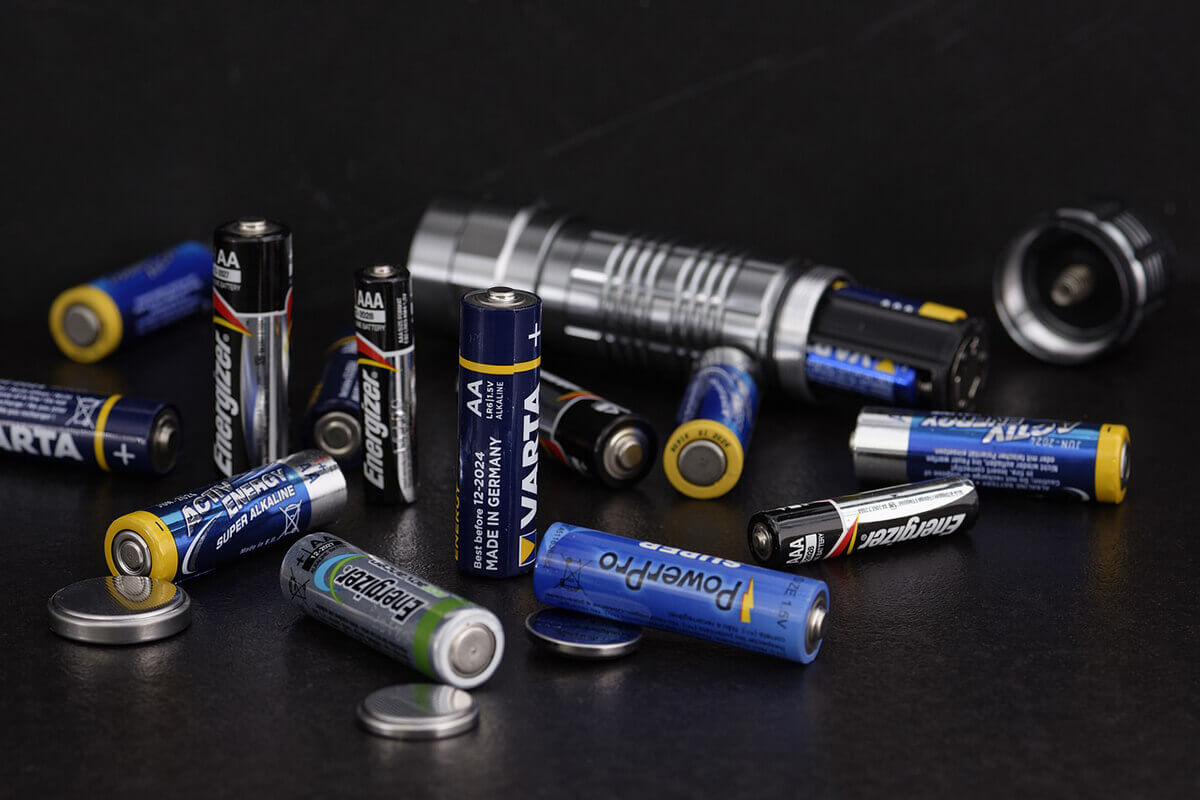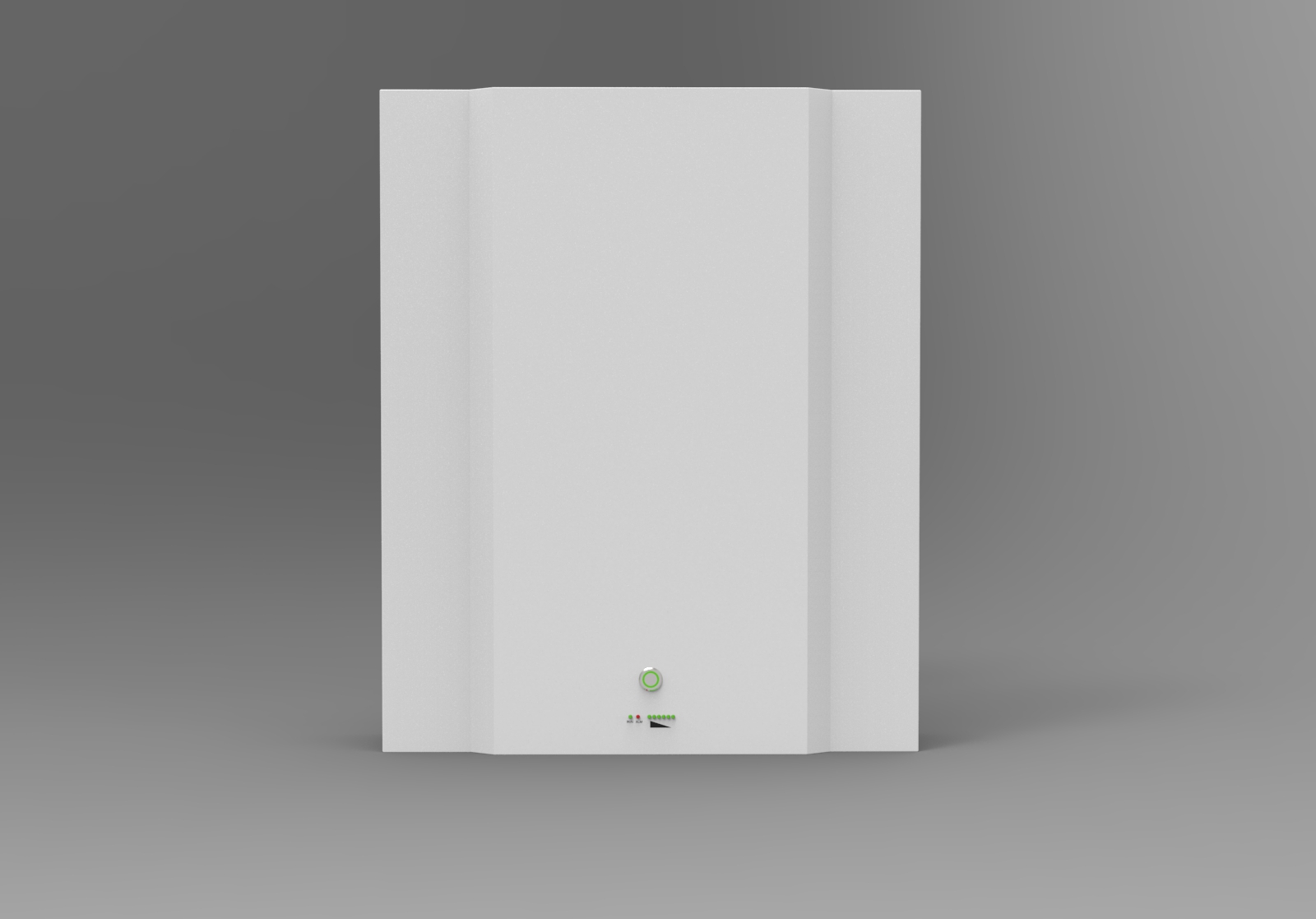What is the Dry Battery?

Introduction
Technological upgrades have brought us a variety of batteries, each with its own unique features. Dry batteries are a gift of such technological development. Newer technology doesn't necessarily mean older technology is useless. Instead, it means that now you have access to a more advanced and different version that can help you improve performance and power generation.
What is a Dry Cell Battery?
Dry cells are electrochemical cells incorporated into batteries to convert stored chemical energy into electrical energy. Energy conversion helps power batteries and connected devices or devices. The dry battery concept was proposed by German scientist Carl Gassner in 1886. In technical terms, dry cells consist of a fixed electrolyte stored in paste form with low moisture content.
There are many forms of dry batteries, of which two forms are the most widely used. The primary battery form cannot be recharged and will lose energy like a battery used in a toy until it is completely depleted. The second type of dry battery is rechargeable, and the price is a bit expensive.
Dry cells can be made from a variety of metals. You have to choose your favorite metal. Most commonly, dry cells have a carbon and zinc formation, where the zinc acts as the anode and a rod of carbon-infused into a carbon paste makes up the cathode. Keep in mind that this chemical composition can vary, depending on your choice.
Dry cells work when the anode and cathode are immersed in an electrolyte to charge through a chemical reaction. Electrolytes commonly used in batteries include ammonium chloride or sodium chloride. When the electrolyte is charged, ions begin to move between the anode and cathode inside the battery, causing a chemical reaction. This reaction is responsible for generating electrical energy.
Dry cells generate direct currents.
Classification of Dry Batteries
Zinc paste
It is composed of zinc cylinder, electropaste layer, manganese dioxide positive electrode, carbon rod, copper cap and so on.
The outermost layer is a zinc cylinder, which is both the negative electrode of the battery and also serves as a container, it will be gradually dissolved during the discharge process.
In the center is a carbon rod that acts as a current collector.
Tightly surrounding this carbon rod is A mixture of dark brown or black manganese dioxide powder and a conductive material (graphite or acetylene black), which together with carbon rods constitute the positive body of the battery, also called carbon pack.
To avoid moisture evaporation, the upper part of the dry cell is sealed with paraffin or pitch.
Cardboard zinc
It is improved on the basis of pasty zinc-manganese dry battery. It is based on high-quality kraft paper with a thickness of 70-100 microns that does not contain metal impurities. Paste electrolyte layer. The actual discharge capacity of cardboard zinc-manganese dry batteries is 2 to 3 times higher than that of ordinary pasty zinc-manganese dry batteries. Most of the dry batteries marked "high performance" are cardboard.
Alkaline zinc
Its electrolyte consists of amalgamated zinc powder, 35% potassium hydroxide solution and some sodium carboxymethyl cellulose gelatinized. Due to the low freezing point and small internal resistance of potassium hydroxide solution, alkaline zinc-manganese dry batteries can work at -20°C and can be discharged with a large current.
Alkaline zinc-manganese dry batteries can be charged and discharged more than 40 times, but they cannot be deeply discharged before charging (60% to 70% of the capacity is reserved), and the charging current and voltage at the end of the charging period must be strictly controlled.
Laminated zinc
It consists of several compact flat cells stacked together. Each single battery consists of a plastic shell, zinc skin, conductive film, separator paper, and carbon cake (positive electrode). Diaphragm paper is a kind of slurry paper with starch layer on the surface that absorbs electrolyte, which is pasted on the zinc skin; the top of the diaphragm paper is carbon cake. The separator paper is like the electric paste layer of the paste dry battery, which plays the role of isolating the negative electrode of the zinc skin and the positive electrode of the carbon cake.
The laminated zinc-manganese dry battery eliminates the trouble of series combination of cylindrical paste dry batteries. It has a compact structure, small volume, and large volume specific capacity, but its storage life is short and its internal resistance is large, so the discharge current should not be too large
Alkaline battery
Compared with lead-acid batteries of the same capacity, it is small in size, long in life and capable of high current discharge, but its cost is higher. Alkaline batteries are divided into iron-nickel, cadmium-nickel, zinc-silver batteries and other series according to the active material of the plate.
Taking the nickel-cadmium battery as an example, the working principle of the alkaline battery is: after the active material of the battery plate is charged, the positive plate is nickel hydroxide [Ni(OH)3], and the negative plate is metal cadmium (Cd); When it is terminated, the positive plate is transformed into nickel hydroxide [Ni(OH)2], and the negative plate is transformed into cadmium hydroxide [Cd(OH)2]. The electrolyte is mostly a potassium hydroxide (KOH) solution.
Air battery
A high-energy battery that uses oxygen in the air as the positive electrode active material and metals as the negative electrode active material. The metals used are generally magnesium, aluminum, zinc, cadmium, iron, etc.; the electrolyte is an aqueous solution.
Nano battery
Nano is 10^(-9) meters, and nano batteries are batteries made of nanomaterials (such as nano MnO2, LiMn2O4, Ni(OH) 2, etc.), nano materials have special microstructure and physical and chemical properties (such as quantum size effect, surface effect and tunnel quantum effect, etc. At present, the nano-battery with mature domestic technology is nano-active carbon fiber battery. It is mainly used in electric vehicles, electric motorcycles, and electric mopeds.
This kind of battery can be charged and cycled 1000 times, and it can be used continuously for about 10 years. It only takes about 20 minutes to charge once, the flat road range is 400km, and the weight is 128kg, which has surpassed the level of battery cars in the United States, Japan and other countries. The Ni-MH battery produced by them has a range of 300km.
Lithium iron phosphate battery
Lithium iron phosphate battery refers to a lithium-ion battery that uses lithium iron phosphate as the positive electrode material. There are many kinds of positive electrode materials for lithium-ion batteries, mainly including lithium cobalt oxide, lithium manganese oxide, lithium nickel oxide, ternary materials, lithium iron phosphate, etc. Due to the stability of lithium iron phosphate, it has now become the safest lithium battery in the world, and is gradually occupying the market of power batteries and energy storage batteries.
Fruit battery
The electrochemical activity of the two metal sheets is different, and the more active metal sheet can replace the hydrogen ions of the acidic substances in the fruit. Due to the positive charge, the whole system needs to be stable, so in the composition of the original In the case of a battery, electrons keep the system stable from the circuit. In theory, the magnitude of the current is directly related to the concentration of fruit acid. In this case, if the length of the circuit changes, it will inevitably cause changes in the circuit, so it will also cause voltage change.
Application of Dry Battery
A dry cell is a type of battery used to power portable electrical equipment and equipment. A battery is a device that contains one or more electrochemical cells responsible for converting chemical energy into electrical energy.
Dry cells are mainly used in portable electronics and household equipment. You'll find everyday items based on dry cells such as flashlights, calculators, toys, watches, and even hearing aids.
Dry batteries are a bit expensive compared to traditional wet batteries. But the price is reasonable based on the benefits it offers, including:
- Batteries Dry cells are compact and easy to carry, suitable for portable devices.
- They are lightweight.
- They are relatively less resistant to overcharging.
- The electrolyte in dry cells is relatively less harmful to the environment, making dry cells ideal for green practices.

Why is it Called a Dry Battery?
This is an interesting question. Because when it comes to dry batteries, many people will assume the word "dry" is taken literally. But in fact, the inside of the dry cell is not completely dry. The electrolyte used in dry batteries is a gel or paste rather than a mobile liquid. This form of paste will stay intact even if you turn the battery upside down.
Two promising reasons explain why these dry cells are called dry cells.
First, the electrolyte in these cells is in a non-wet state. It won't overflow even if you move it or try to turn it upside down. This non-spill characteristic is the reason why it is named "dry cell battery"
Second, the electrolyte is in a paste form and can be carried as easily as a full dry battery.
What is the Difference Between Dry Batteries and Wet Batteries?
- There are many differences between dry and wet batteries. The main difference between the two types of batteries is that the electrolyte in wet batteries is liquid whereas the electrolyte in dry batteries is gel or paste.
Wet cells are traditionally fabricated in glass holders. As a liquid, electrolytes may spill if not used with the required care. This is why using a wet battery is very dangerous, as the electrolyte can cause damage to the environment. Dry cells, on the other hand, have a paste-like electrolyte that provides the required moisture (low but sufficient), which is needed for comfortable current flow without any interruption. Having a paste-like electrolyte means that the dry cell can be used freely without the pressure of electrolyte spillage.
Wet batteries are not suitable for use in portable electronic devices due to possible spillage issues. And dry cells are perfect for portable devices and appliances due to their leak-free properties.
- Liquid electrolytes in wet batteries often release gases that need to be vented, while dry batteries do not have any of these issues.
- Dry and rechargeable batteries are expensive compared to wet batteries.
- Dry batteries have a much longer lifespan than wet batteries.
- Wet batteries can provide a larger power supply and can maintain a reserve of storage capacity. Given that the total power of dry cells is lower than that of wet cells/
- The electrolyte in wet batteries is very dangerous and can wreak havoc on the environment.
- Wet batteries are heavy to carry and difficult to move, while dry batteries are lightweight and can be easily moved without risking or being frightened.
